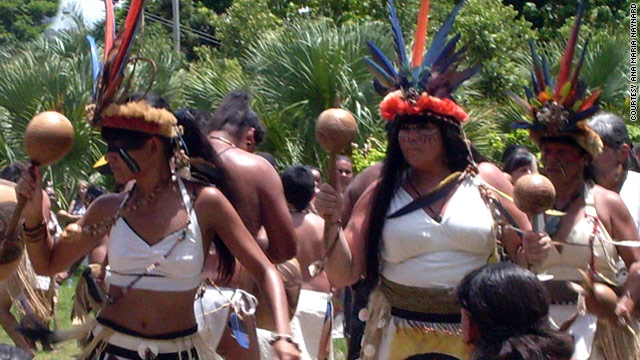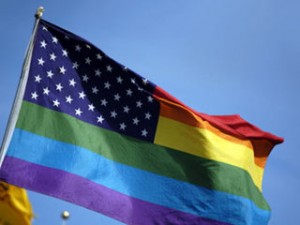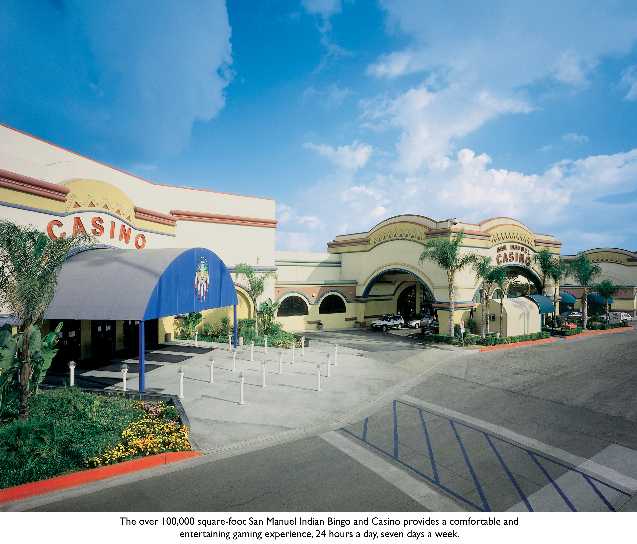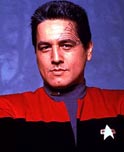A Facebook friend
challenged my
recent posting about New Mexico's being the most racially diverse state in the contiguous US. Here's how it went:
Indians make NM most diverse state except Hawaii.Are you sure? Oklahoma is home to 39 tribes and tribal governments within their borders--from the northeast woodlands, southeast woodlands, great plains and the southwest. Plus all the other immigrants that came in the land runs and later--relatively concentrated. They also still have the highest number of Natives per capita. Check it out.I'm just reporting what I read. But I don't think the Census Bureau counts Indian tribes from different parts of the country as "diverse." They've been in Oklahoma for a century or more, intermarrying with the locals, so counting them as "immigrants" would be questionable.
The standard seems to be the state with the highest percentage of minorities. Something like 60% of New Mexicans are non-whites. Oklahoma undoubtedly has a higher percentage of Indians, but it's still more than 50% white.
The key difference is that New Mexico is 46.3% Hispanic. That outweighs Oklahoma's large Indian population and makes New Mexico more diverse.
I assumed you meant diverse culturally. I think that OK would take that prize, since the diversity of tribes from the cultural areas mentioned are marked by any standard. I believe there are possibly close to as many Hispanics as white in OK these days. It does not matter that the tribes have been there since the 1830s, they are still diverse from each other and proud of it. How could NM claim diversity if they are 60% non-white? Interesting take on diversity.
As far as I know, there are only four race categories, so how are they slicing what they consider to be diverse races, total numbers of non-whites? By the way, Hispanic is still considered Caucasian and not black, yellow or red.
Also, I meant immigrants to Oklahoma, not from the eastern hemisphere.Yes, I meant racially diverse. I try to keep my headlines short, but the article explains what I meant.
If we're talking about cultural diversity, locations such as metropolitan New York or New Jersey probably have people from thousands of cultures around the world. Even in Native terms, Alaska has more than 250 tribes and villages, and California has 109 tribes and rancherias. Even if you group tribes with related cultures, I think either state would far out-diversify Oklahoma culturally.
In racial terms, New Mexico has large numbers of whites, Hispanics, and Indians and smaller numbers of blacks and Asians. Oklahoma has large numbers of whites and Indians and smaller numbers of everything else. New Mexico "wins" because of its Hispanics.
Rob's facts are in question?I think we will have to agree to disagree, since the "racial" term has muddied the specifics and seems to equate "diversity" in the article that started our conversation. I think her article is poorly researched and too vague--and, in my opinion, would fit perfectly in your stereotype of the month. I would come close to nominating some of the "facts" you put on the table in the same category, i.e. blood quantum diluting Indianness (for lack of a better word.) You would evidently be surprised at how many full bloods there still are in Oklahoma and how healthy the language is in most tribal pockets--still spoken exclusively at ceremonial grounds and, until only recently, in Indian churches. The languages are still taught in public and tribal schools, as well as in colleges and universities. While there is a lot of intermarriage (with other groups as well as intertribally), and some full bloods are mixed tribes, tribal enrollment usually dictate how we identify ourselves. I happen to be Scottish (on three sides) than Creek by blood, but I know nothing about my Scottish heritage since my father died when I was a baby and my maternal grandmother married into a Creek family where her in-laws spoke no English, so she became fluent in understanding the language. Your position on this surprises me, Rob, but you are entitled to select where you are on this question. The muddled research/conclusions by the author of the article are intellectually problematic and misleading to me.My point about "dilution" is that Oklahoma's tribes are less genetically diverse than they were when they lived in 39 separate parts of the country. This is entirely relevant when we're talking about racial diversity, the subject of this posting. However, it says
nothing about the tribes' "Indianness," which is a political and cultural issue not defined by "purity." I know that and nothing I've said above contradicts that.
The article refers to "racial/ethnic minorities," so I think it's covered its bases regarding Latinos. Latinos may belong to any race: white, Indian, black, or other. They aren't all Caucasians by any means. But whatever they are, I believe the Census tracks them as a separate ethnic group.
You can read about it here:
Race and ethnicity in the United States Censusbut I think it's standard practice to treat Hispanics and non-Hispanic whites as two racial/ethnic groups, not one. I suspect every Census article will do what this one has done: break down the population into non-Hispanic whites, Hispanics, non-Hispanic blacks, and so forth. And keep them separate when discussing America's minorities.
Let's note that Latinos come from seven countries in Central America, 15 in South America, 13 in the Caribbean, and Puerto Rico. A state such as New Mexico with a large Latino population is ethnically
and culturally diverse. Especially since Latinos are a complex blend of European, African, and indigenous strands, as I said. Add to that the 24 Indian tribes located in New Mexico and you have an incredible amount of both kinds of diversity.
You're welcome to defend Oklahoma all you want, but you really haven't addressed my points. Any state where the majority belongs to a single racial or ethnic group isn't racially diverse by definition. If the number of Indian tribes defines racial
or cultural diversity, Alaska and California are much more diverse than Oklahoma. There's no definition of diversity in which Oklahoma is the clearcut winner.
Feel free to discuss the Alaska and California cases. And to define diversity any way you'd like. I'd love to hear how Oklahoma's 39 tribes are more diverse than Alaska's 250+ or California's 109.
It still seems like apples and oranges to me, but I am not trying to win an argument at all. I like intellectual discussions where ideas are presented and considered and given time to mature into a position or better understanding on issues that matter. It is clear to me that we use the words racial, diversity, and ethnic in different ways. That is just a semantic problem. You yourself made my point when you mentioned Alaska, California, New York and New Jersey in the discussion because they are more diverse than New Mexico--clearly challenging the article's main premise.The subject of this article was the major ethnic groups: whites, Latinos (Hispanics), blacks, Asians, and American Indians and Alaska Natives. In terms of these "minorities," Hawaii is the most diverse and New Mexico is second. If you count individual Indian tribes, rancherias, and villages as separate ethnic groups, Alaska is the most diverse and California is second. I remain confident that Oklahoma is
not first under either standard.
For more on the subject, see
5.2 Million Indians in 2010 Census and
Indian Identity Matters to Indians.













